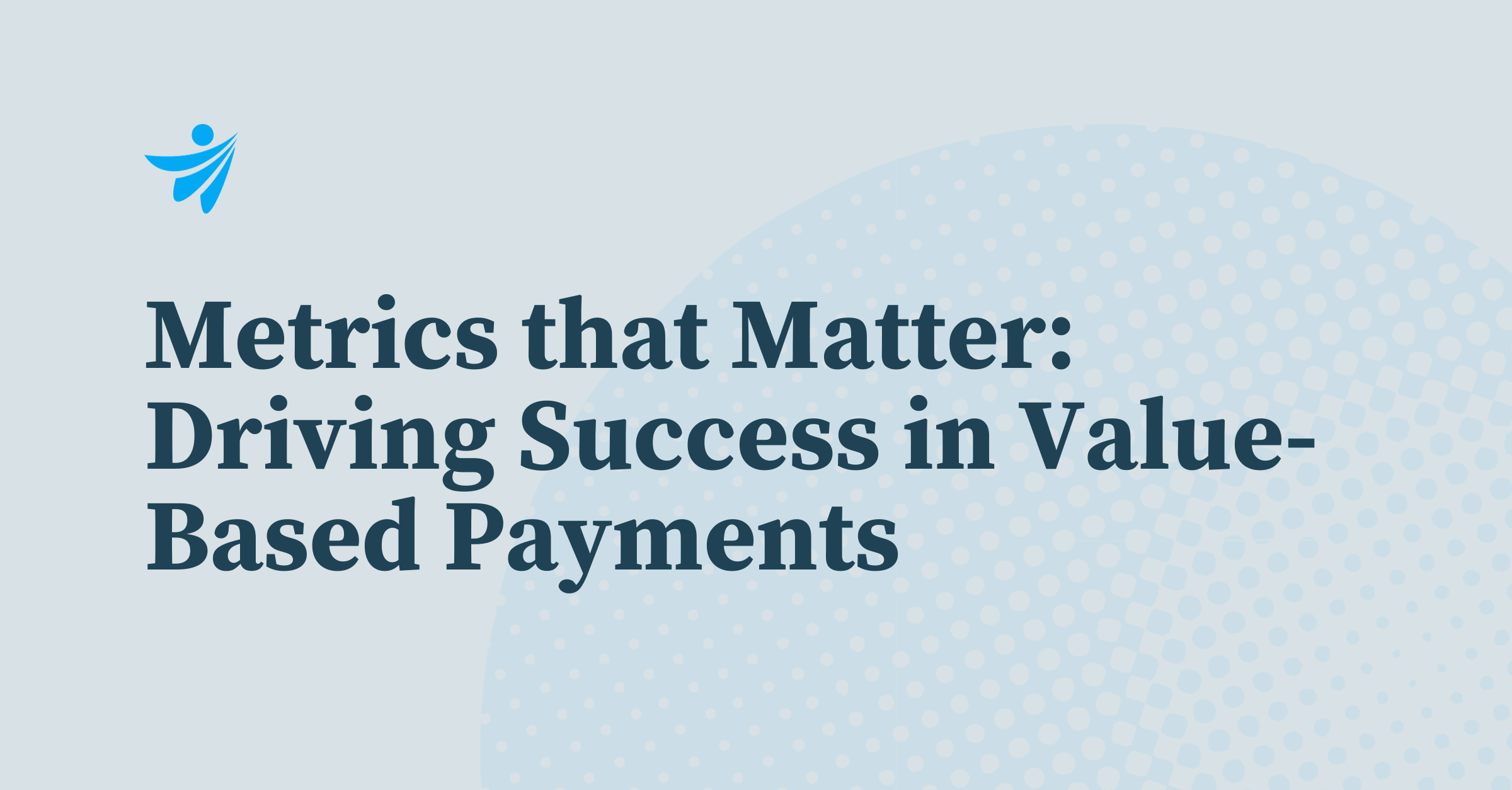
Quality
Oct 25, 2023
Value-Based Care | February 13, 2023
At its core, value-based care (VBC) is about improving patient outcomes, enhancing how care is delivered, and understanding when and where care is not needed. As a physician, I believe now is the time for providers and provider groups to embrace VBC. So, why aren’t more providers and provider organizations switching from fee-for-service (FFS) to VBC? The existing FFS business model is experience and encounter-based. Payments are made according to the number of patient encounters. More encounters equal more payments which equals more revenue. Value-based Care financial models take a different approach. In this model, a provider or provider organization is paid based on the health outcomes of their patients, along with the quality of services they offer. Depending on the contract, a provider might share the financial risk with a health insurance company. I know it can be daunting for physicians to tackle all the various parts and pieces to make VBC work for the entire organization. But it’s time to make the transition because the urgency is there — patients are demanding it. If you’re spearheading the transition from an FFS to a VBC model, here’s what to concentrate on: For instance, direct patients to the most affordable and effective treatment facilities or care teams. The challenge is today’s systems aren’t designed to do that. There are many examples across accountable care organizations (ACOs) of those who have participated in programs with the Centers for Medicare & Medicaid Services (CMS) in VBC arrangements, whether it’s disease-specific or total-cost-of-care-specific across populations. Look at the outcomes that CMS has produced across the different ACOs to see what has worked and what has been effective in making care more affordable and improving patient health outcomes. Get a complete picture of how your patients access care and how you deliver it to them. Then, analyze your intended outcomes. See what that baseline looks like across your different populations. Having a robust data set and a measurement collection process is important because it enables a physician to follow a patient’s journey to understand how they’re accessing care. The challenge can be that, on average, it takes about 17 years before clinical evidence is translated into clinical workflow. The current fragmented FFS system does not allow for the patient journey to be followed. Find out what kinds of financial incentives are in place and the different compensation models that can be applied across your clinical base and non-clinical programs. See how you can partner with your payers to fund activities that allow you to make a stepwise approach to VBC without taking a huge financial risk. For example, provide opportunities for patient coaching, virtual experiences, and interactions focused on improving the health behaviors of patients. Consider that transportation and other social determinant factors can be a roadblock to care for many patients. When entering VBC arrangements, a provider organization must understand the financial incentives and financial models. It’s also important to understand how the organization is being measured and compared to its peers. For the most robust and accurate comparison, here are a few sample questions to ask: I know it’s challenging to move away from a legacy system to something new. But VBC is what patients expect because it can improve health outcomes and health equity. As the co-author of Population Health Analytics, I ask physicians: “When you look at your patients and their health outcomes, ask yourself: ‘Am I part of the problem or part of the solution?’” Now is the time to learn about VBC, population health, and how getting a grip on patient data can lead to better outcomes. If you need resources, books, and/or physician coaches to help you be part of the solution, please feel free to email me at [email protected]. Clarify Health’s award-winning Value Solution is the only end-to-end software that digitizes contracting and connects the dots between clinical performance, financial impact, and incentives to boost payer-provider collaboration and transparency, changing the way that providers make decisions. We are proud of winning the 2022 MedTech Breakthrough Award for “Best Overall Healthcare Data Analytics Platform.”Seven Steps to Become a Successful Value-based Care Organization
1. Focus care delivery resources and procedures on the most effective care that improves the patient’s overall health.
2. Learn from your peers.
3. Study how your organization collects data.
4. Talk to your payers to understand their financial models.
5. Understand the resources you can offer patients.
6. Know how your organization is being measured.
7. Ask for help.
Clarify Health’s Value Solution